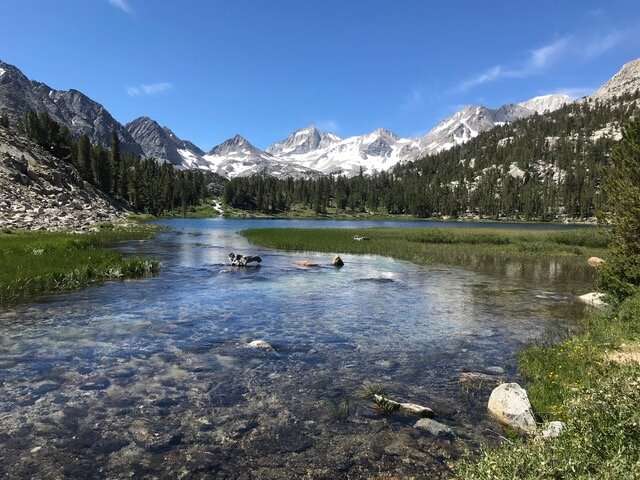
The variety of bugs, worms, and snails living in high mountain streams is an important indicator of global warming.
When the climate swings from historic droughts to massive floods, water-based invertebrates are particularly vulnerable. Ecologists worry about the insects ability to thrive because they serve as food for other forms of life.
Understanding how these small creatures are affected by climate change requires us to find them. A recent survey of aquatic life in California's Sierra Nevada did not account for what classic ecological theories did not account for.
The team applied a new theory for predicting biodiversity to high mountain streams. The results of the field survey that gave rise to that theory are detailed in an article in the journal Ecological Monographs.
Kurt Anderson, associate professor of evolution and ecology, and article co-author, said that they came up with new ways of thinking about biodiversity in high mountain Sierra streams.
Anderson said that classic theories of stream ecology weren't developed in the Sierras, so we are adapting a new set of ideas to better explain what we are seeing up there.
The River Continuum Concept is a classic theory that talks about how stream ecosystems function as they move from the stream sources down to bigger, more open rivers. There should be a smooth change from high to low elevation. To test concepts like this one, the team surveyed a stream.

Anderson said that the change was only partially and not for the reasons the theory said we should.
The team observed that the diversity of invertebrates increased in waters headed down and the lowest in steams below lakes.
Matthew Green, the first author on the new paper, believes that the lakes may be causing the downstream waterways to have to start over again in building diversity.
The team found a lot of life forms in isolated streams high up in the headwaters. Sometimes, differences in species among isolated headwaters could be as great as those between upstream and downstream, despite the general trend toward an increase of diversity moving downstream.
Dave Herbst, a researcher from the Sierra Nevada Aquatic Research Laboratory, a UC Natural Reserve, and co-author on the paper, said that these are the aquatic life forms that are at the edge of the precipice of climate change.
The areas just below the lakes were dominated by a few species of insects. There were more species present at other sites with mixed food sources.
The team recommends that the systems of flowing water be protected from diversions and habitat damage. The number of resources available to creatures that live in the water supports higher diversity.
Anderson said that restoration efforts may be key to providing resilience to the coming adversities of climate change.
More information: Matthew D. Green et al, Rethinking biodiversity patterns and processes in stream ecosystems, Ecological Monographs (2022). DOI: 10.1002/ecm.1520 Citation: How mountain streams signal climate change (2022, April 7) retrieved 7 April 2022 from https://phys.org/news/2022-04-mountain-streams-climate.html This document is subject to copyright. Apart from any fair dealing for the purpose of private study or research, no part may be reproduced without the written permission. The content is provided for information purposes only.